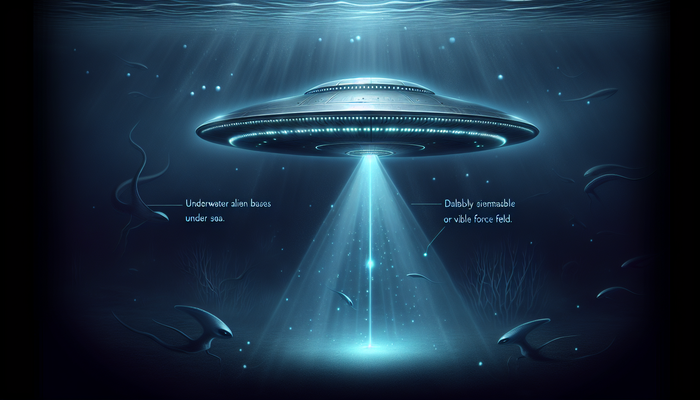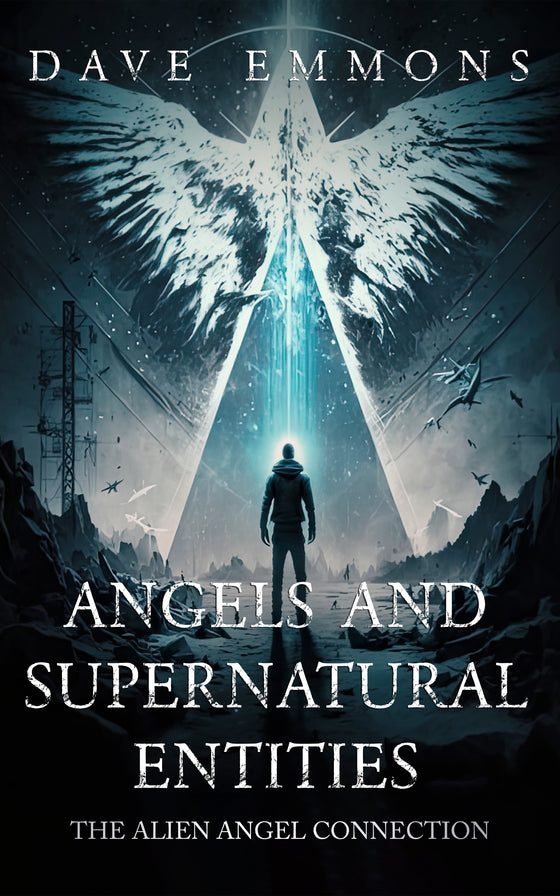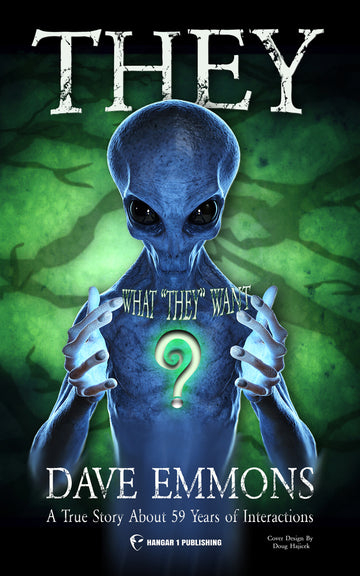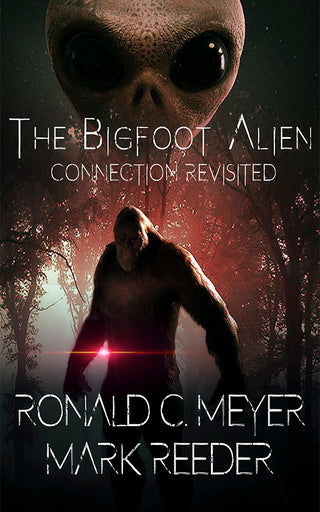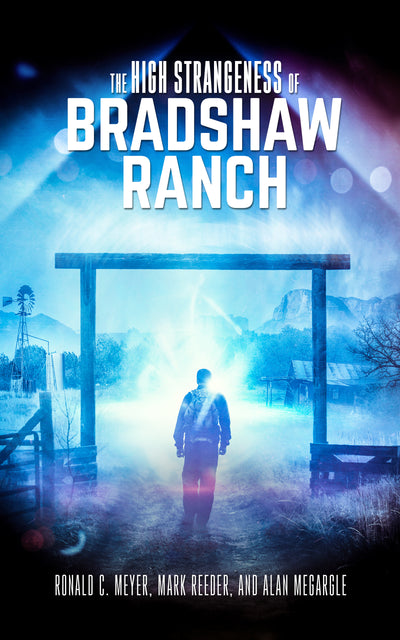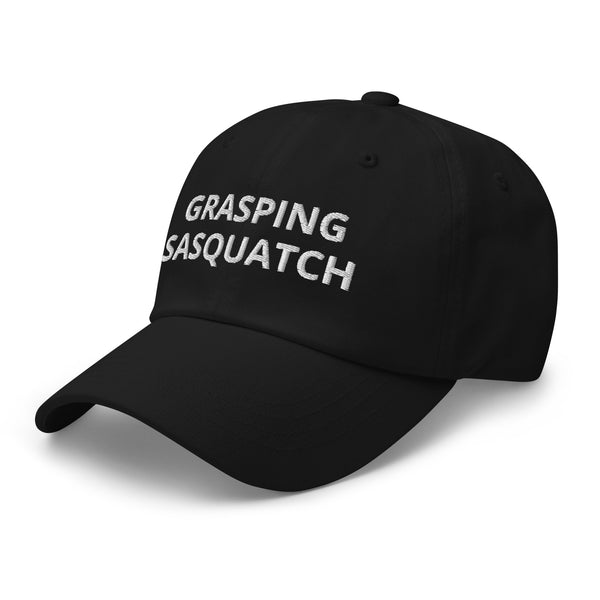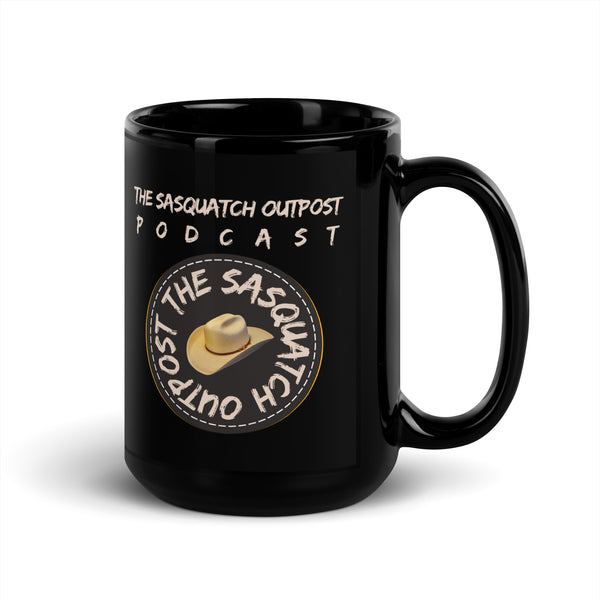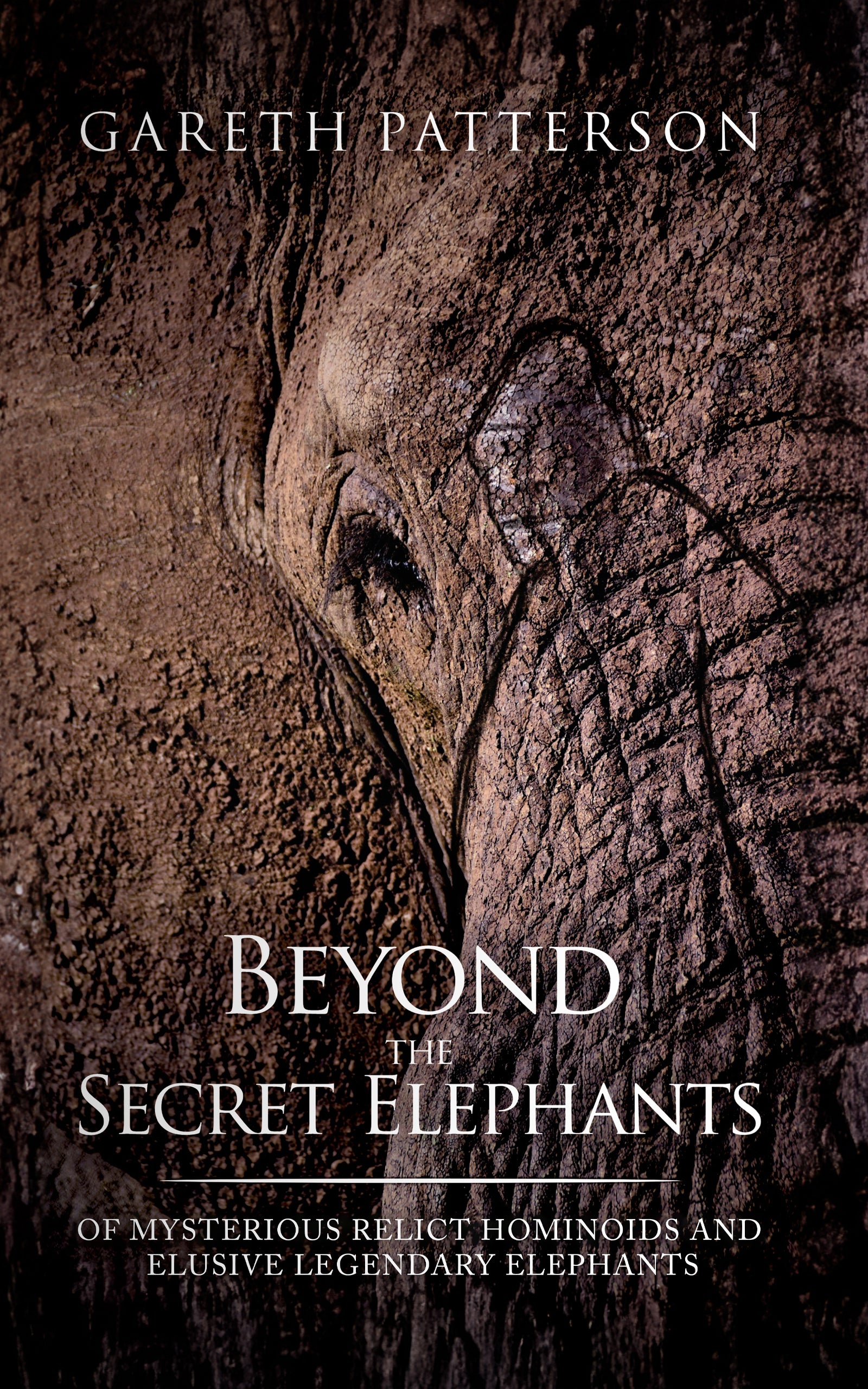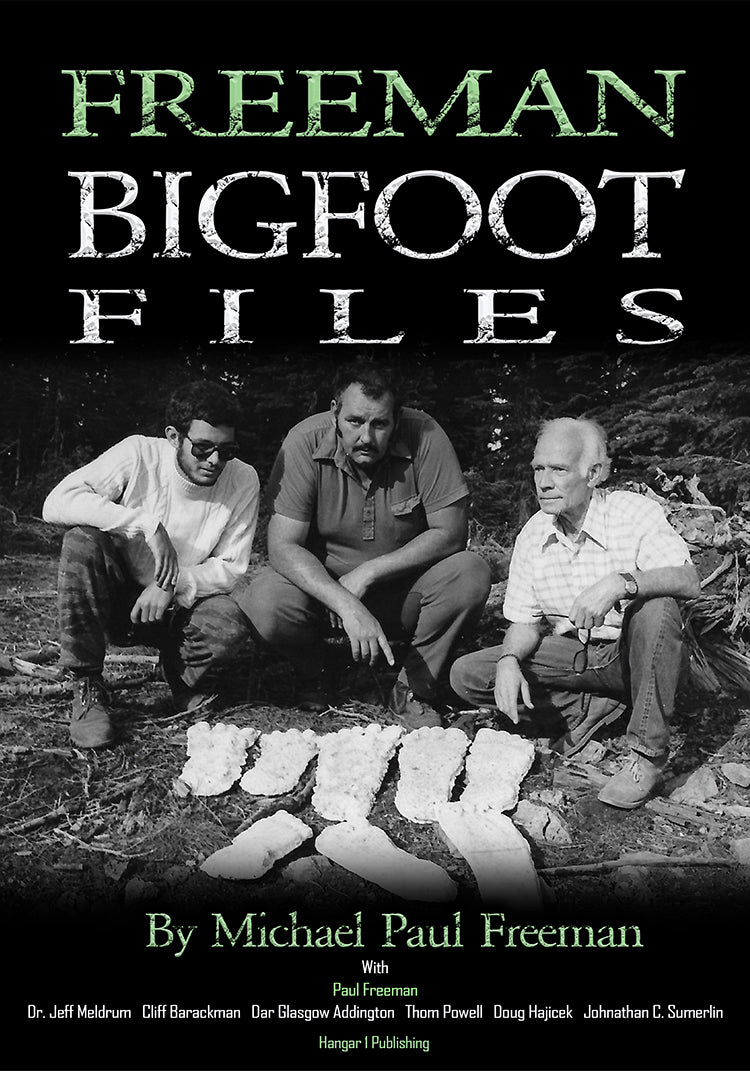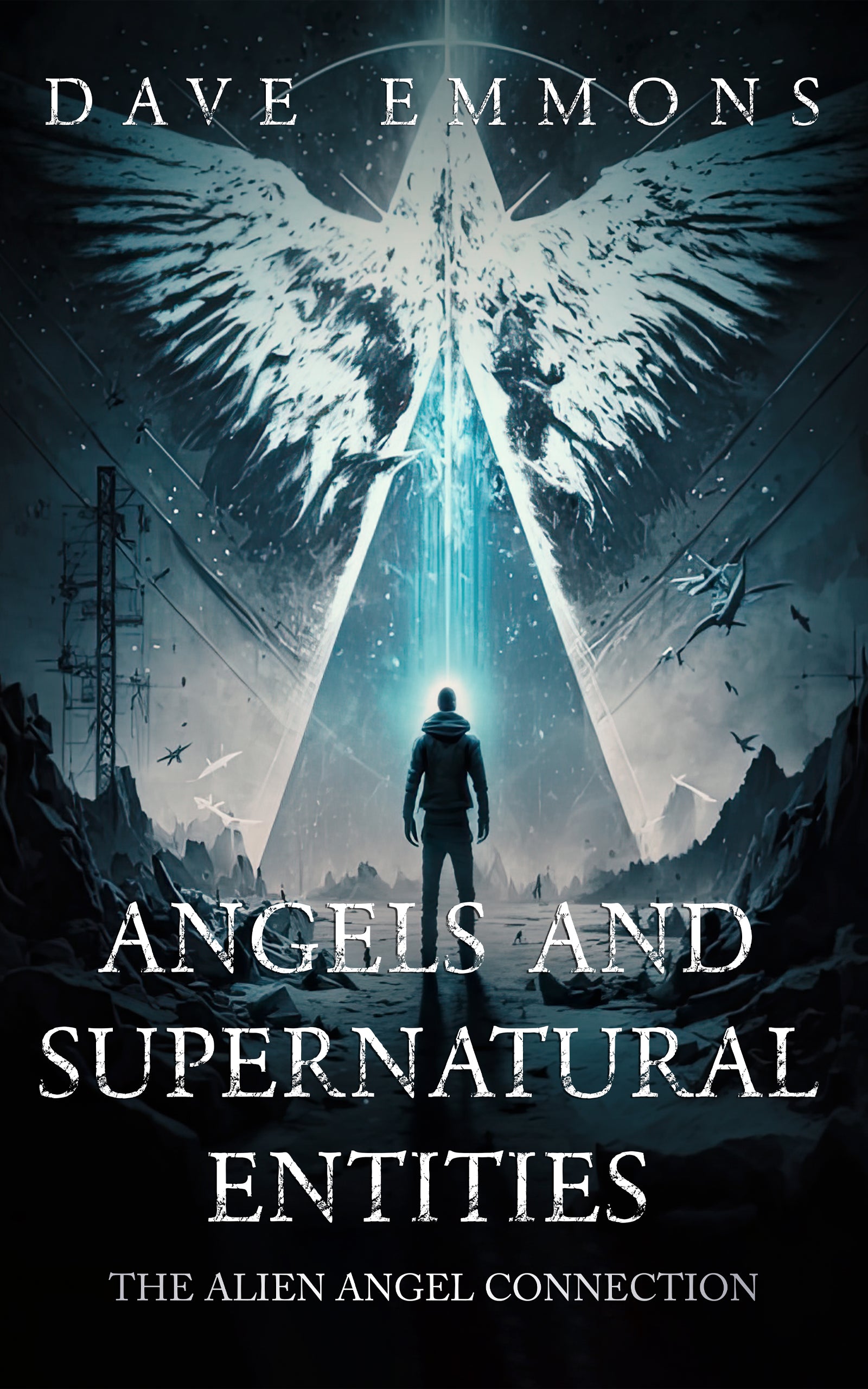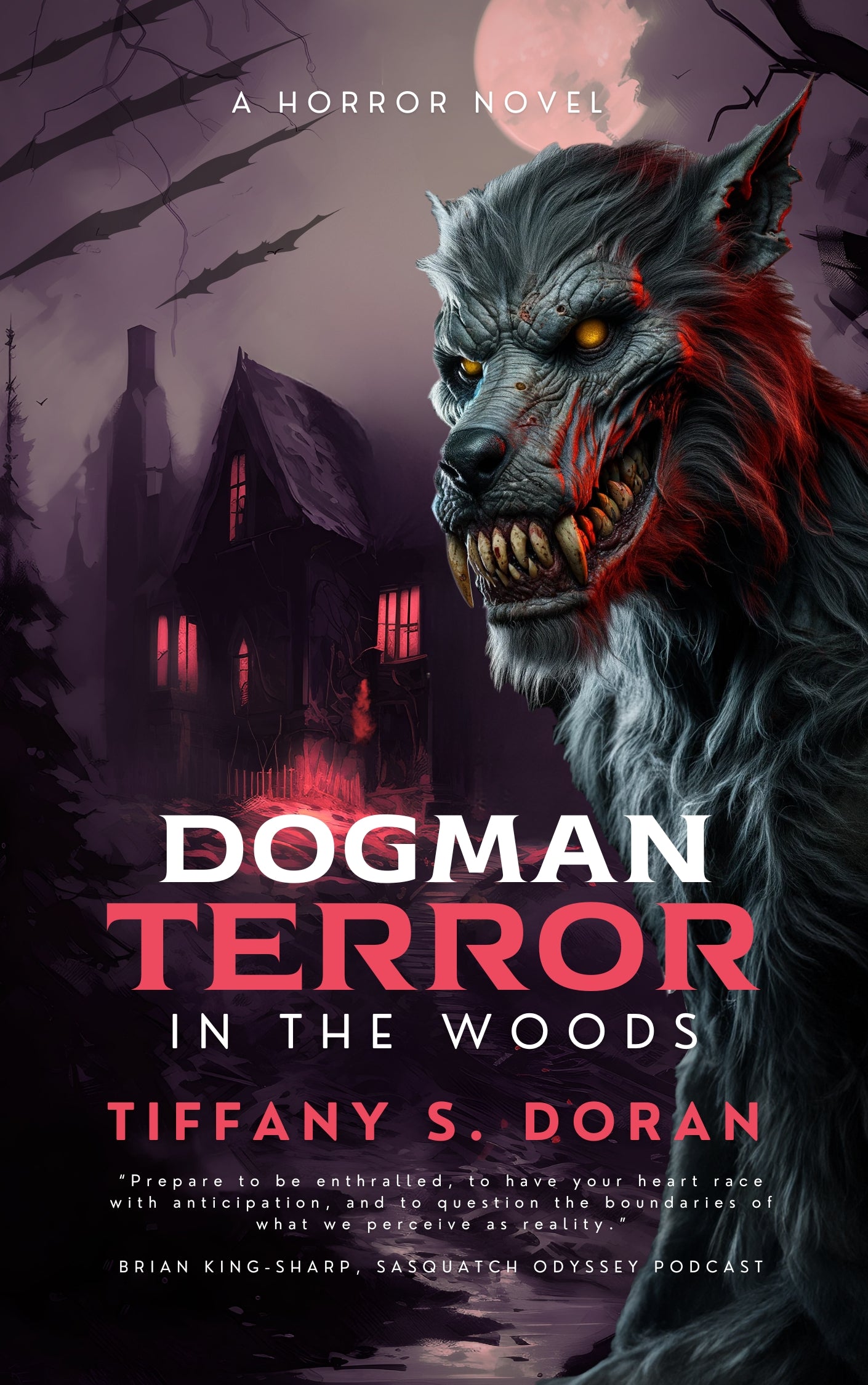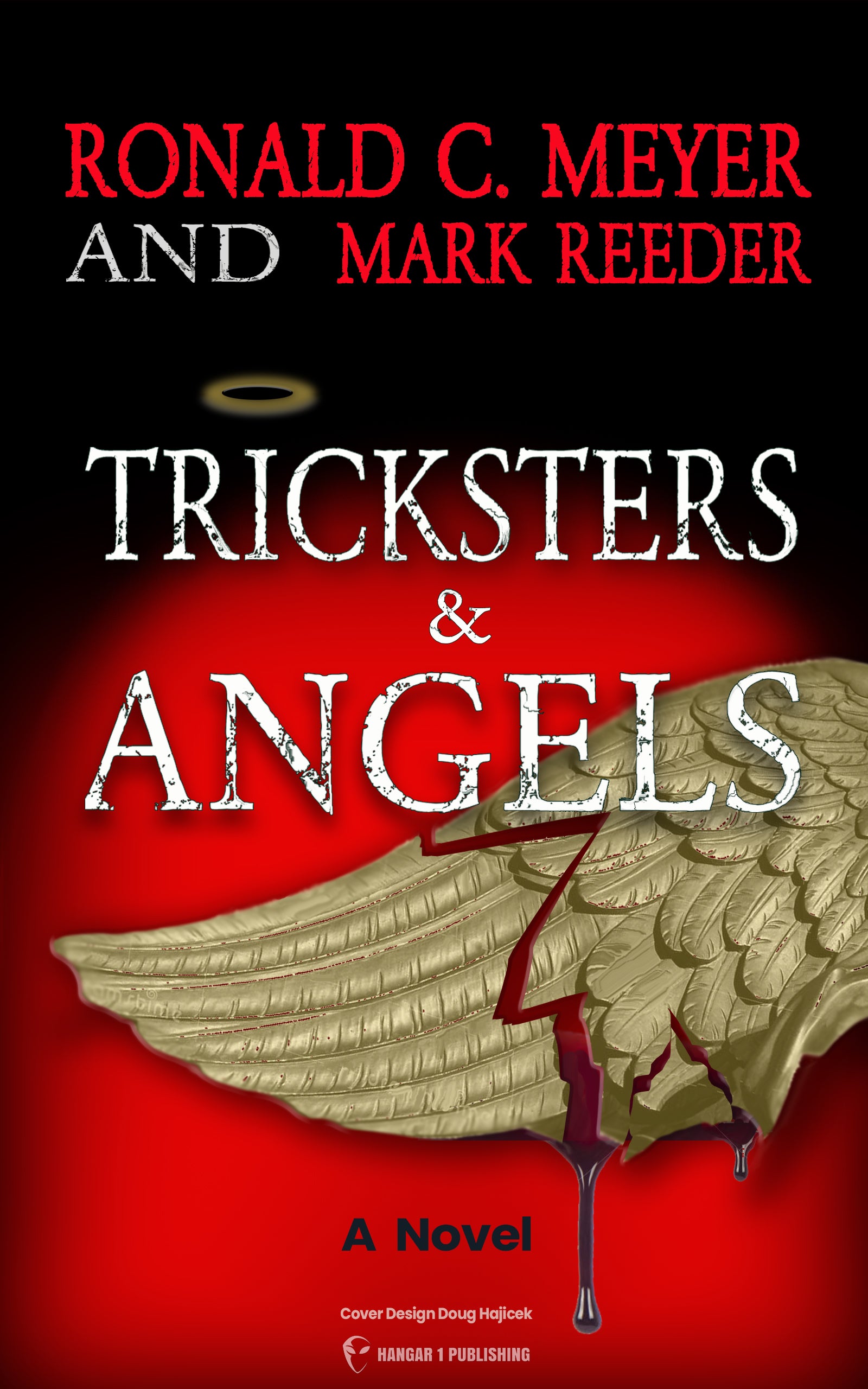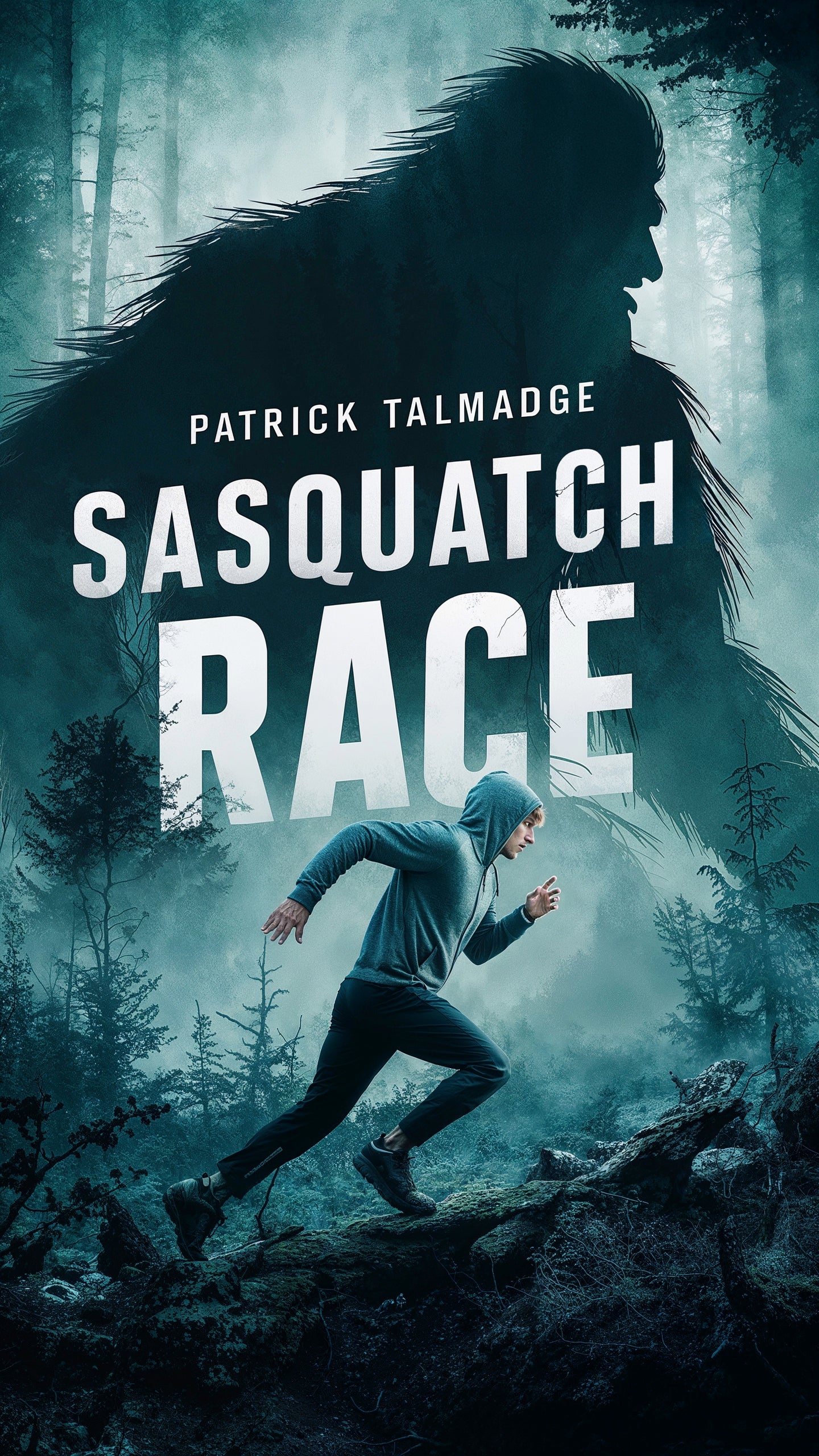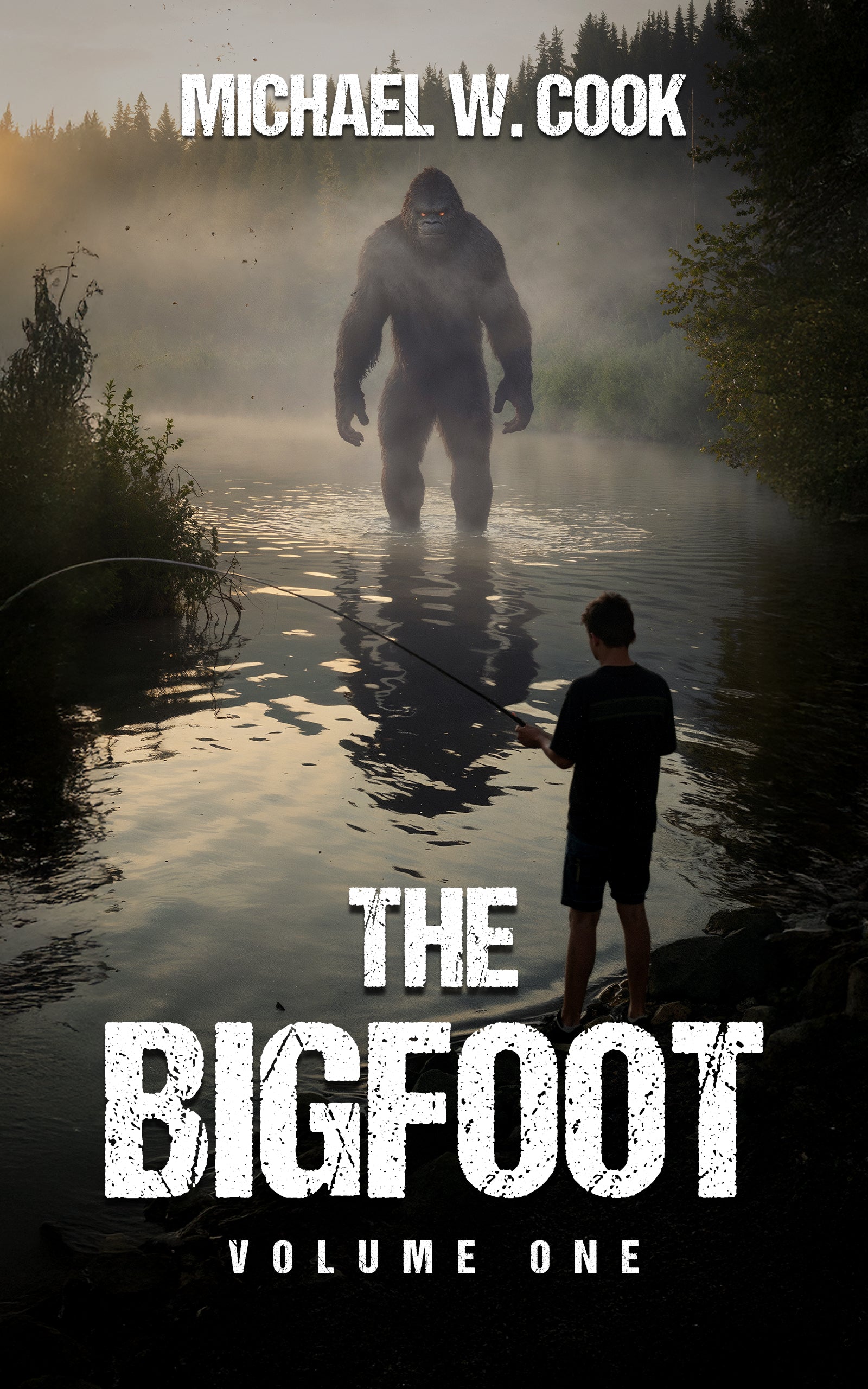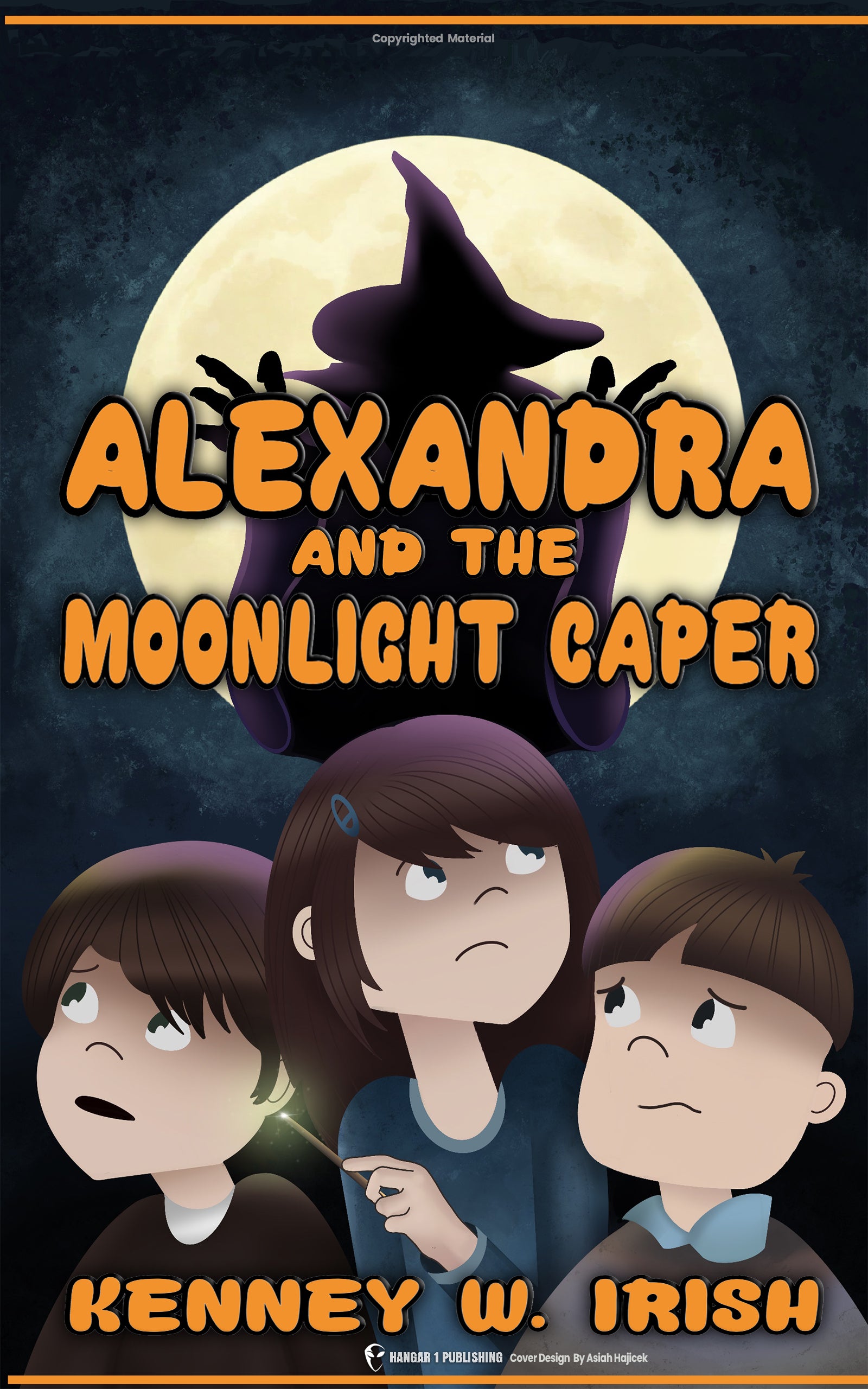Roswell Witnesses Speak

By Vanessa Torres, Ufologist
The Whispers from the Desert — Why Roswell Endures
Picture the vast, quiet expanse of the New Mexico desert in the summer of 1947. It’s a landscape that speaks of stillness, of ancient rhythms. Yet, it was from this very tranquility that a story exploded, one that continues to echo nearly eight decades later, challenging our understanding of our place in the universe. This is the story of the Roswell Incident, an event less defined by official reports and more by the insistent, often contradictory, but always compelling voices of those who were there – the Roswell Witnesses.
These weren’t just bystanders; they were ranchers, military officers, morticians, townsfolk, even children, whose lives unexpectedly intersected with something inexplicable that allegedly fell from the sky. Their accounts, ranging from descriptions of bizarre wreckage to hushed tales of non-human bodies and stark warnings from men in uniform, form the pulsating core of the Roswell mystery. Without their testimonies, often delivered years after sworn secrecy began to fray, Roswell might simply be a footnote about a crashed weather balloon, a brief blip during the "flying saucer" craze ignited by pilot Kenneth Arnold's sighting just weeks earlier.
Instead, we have a persistent question mark hanging over the official narratives. On one hand, the U.S. military offered explanations – first a captured "flying disc," then a swift retraction blaming a humble weather balloon, and decades later, conceding a cover-up, but one involving a top-secret surveillance program called Project Mogul, designed to listen for Soviet nuclear tests. On the other hand, we have these deeply personal stories, filled with awe, fear, and conviction. This article explores that human side of the enigma, listening to the whispers from the desert, examining the impact these testimonies have had, and understanding why, amidst Cold War anxieties and America's burgeoning atomic power, the accounts of the Roswell Witnesses continue to captivate and confound. Why do these voices, decades on, still challenge the tidy explanations and demand we ask again: what really happened out there?
Ground Zero: The Initial Discovery and the Messengers
It all started, as many significant events do, quite ordinarily. Sometime between mid-June and early July 1947, W.W. "Mac" Brazel, foreman of the Foster Ranch near Corona, about 75 miles northwest of Roswell, was riding out to check on his sheep after a particularly violent thunderstorm. Accompanying him was a young neighbor boy, Timothy Dee Proctor. What they stumbled upon was anything but ordinary: a wide swath of strange debris scattered across the prairie. Initial descriptions paint a picture of curious, lightweight materials – "rubber strips, tinfoil, a rather tough paper, and sticks," as the Roswell Daily Record later reported Brazel saying.
Brazel, a practical rancher, apparently didn't think much of it initially. It was just unusual trash cluttering his land. But the airwaves and newspapers were buzzing with talk of "flying discs" and "flying saucers" following the Kenneth Arnold sighting. Perhaps nudged by his neighbors, the Proctors, to whom he showed some samples, Brazel eventually decided this strange wreckage might be connected to those sensational stories. On Sunday, July 6th, he drove into Roswell and brought his story, along with some of the debris, to Sheriff George Wilcox. The sheriff, perhaps puzzled or simply uninterested, passed the information along to the nearby Roswell Army Air Field (RAAF), home to the elite 509th Bomb Group – the very unit that had dropped the atomic bombs on Japan just two years prior.
This call set the military machinery in motion. The base intelligence officer, Major Jesse A. Marcel, was dispatched to investigate. Marcel wasn't just any officer; he was a decorated World War II veteran with experience in photo interpretation and had been involved in the post-war atomic tests at Bikini Atoll. He was familiar with aircraft, military technology, and the protocols of secrecy. Accompanying him, according to some accounts, was Captain Sheridan Cavitt, an agent for Army Counter Intelligence. They met Brazel, traveled back to the ranch, and spent hours gathering the peculiar wreckage. Marcel later described finding "all kinds of stuff," including small beams, perhaps like balsa wood but incredibly strong and flexible, bearing strange "hieroglyphics" in pink and purple that "nobody could decipher." He also noted thin, foil-like metal that resisted denting and tough, parchment-like material.
Upon Marcel's return to the RAAF, the base commander, Colonel William "Butch" Blanchard, a man known for decisive action, clearly thought the discovery was significant. Acting under Blanchard's orders, the base public information officer, 1st Lieutenant Walter Haut, issued a stunning press release on July 8th: "The many rumors regarding the flying disc became a reality yesterday when the intelligence office of the 509th Bomb Group... was fortunate enough to gain possession of a disc..." The news hit the wires like lightning. The Roswell Daily Record blared the headline: "RAAF Captures Flying Saucer on Ranch in Roswell Region." Phones jammed, reporters descended, and the world briefly thought the mystery of the flying saucers had been solved. The recovered material, the military declared, was being sent to "higher headquarters" – specifically, Fort Worth Army Airfield in Texas.
The Official U-Turn and the Seeds of Doubt
The euphoria, or perhaps panic, was short-lived. Within 24 hours, the narrative executed a hairpin turn that would become the crucial pivot point in the Roswell story. The "flying disc" was officially grounded. Brigadier General Roger Ramey, commander of the Eighth Air Force in Fort Worth – where Major Marcel had dutifully flown the collected debris – held a press conference. The bizarre material, Ramey announced confidently, was nothing more exotic than the remains of a standard weather balloon equipped with a radar reflector.
To underscore the point, the military released photographs. There was Major Marcel, the man who supposedly recovered the "disc," now posing somewhat awkwardly with fragments of what indeed looked like flimsy foil, rubber, and sticks – distinctly underwhelming compared to the descriptions circulating just hours before. The Roswell Daily Record printed the follow-up: "Gen. Ramey Empties Roswell Saucer." The official story was set: just a weather balloon, folks, move along. For Marcel and Walter Haut, the officer who issued the initial release, it was a public reversal, putting them in the position of endorsing an explanation that seemed to contradict their initial actions and statements, or at least the implications of them.
This rapid retraction, however, didn't entirely extinguish the spark. Instead, it sowed the first seeds of doubt, the nagging feeling that the explanation was just too neat, too quick. Why the initial, sensational announcement if it was just a balloon? Why involve a high-ranking intelligence officer like Marcel? These questions lingered, especially for those directly involved. Mac Brazel, the rancher who started it all, found himself caught in the gears. According to numerous accounts, the military held him incommunicado at the base for several days, questioning him repeatedly. When he finally spoke to the press again, it was to echo the weather balloon story, but he also expressed deep regret for ever reporting his find. "I am sure what I found was not any weather observation balloon!" he reportedly insisted later. His cryptic exchange with a reporter about "little, green men" – "No, they weren’t green, and our lives will never be the same again" – hints at an experience far more profound and unsettling than finding balloon scraps.
Brazel wasn't the only one allegedly silenced. A narrative quickly formed, passed down through local accounts and later witness testimonies, of a concerted effort by the military to clamp down on any information that didn't fit the official weather balloon story. Residents of Roswell and nearby Corona who might have seen the debris, talked to Brazel, or heard murmurs at the base were allegedly visited by military personnel. The warnings were reportedly stark: keep quiet, forget what you saw or heard, or face serious consequences, potentially even charges of treason. Whether exaggerated or entirely accurate, these stories of intimidation became a cornerstone of the Roswell cover-up theory, offering a compelling reason why so many potential witnesses might have kept their stories locked away for decades. The silence itself became suspicious.
Voices from the Silence: Decades Later, Witnesses Speak
For about thirty years, Roswell faded into relative obscurity within the burgeoning field of ufology. The weather balloon story, however flimsy it might have seemed to those directly involved, largely held sway in the public narrative. Then, in the late 1970s, the sleeping giant began to stir. The catalyst was Stanton T. Friedman, a nuclear physicist who had turned his sharp analytical mind towards the UFO phenomenon. Scouring old reports and following leads, Friedman came across whispers of the 1947 incident and the name of a key military figure involved: Jesse Marcel.
Tracking down the retired Major Marcel proved pivotal. In 1978, Friedman interviewed him, and Marcel, perhaps feeling the weight of decades of silence, began to tell a different story. This culminated spectacularly in his 1980 appearance on the popular TV series "In Search Of...". Sitting before the cameras, Marcel calmly but firmly repudiated the official narrative he had seemingly endorsed for years. The material he recovered from Mac Brazel's ranch, he stated unequivocally, was "not anything of this Earth." He recounted handling debris unlike anything he'd ever seen – incredibly light yet astonishingly strong metal foil that couldn't be dented or burned, beams with baffling hieroglyphic-like symbols, and material that exhibited "memory," snapping back to its original shape after being crumpled. He explicitly claimed the photos taken in General Ramey's office in Fort Worth, the ones showing him with mundane balloon wreckage, were staged. "Of course, we both knew differently," he said, referring to himself and Ramey.
Marcel's public recantation sent shockwaves through the UFO research community and reignited public interest in Roswell. Here was a decorated intelligence officer, the first military man on the scene, essentially calling the official story a lie. His family strongly supported his account. His son, Jesse Marcel Jr., who was 11 in 1947, vividly recalled his father waking him in the middle of the night, excited, to show him pieces of the wreckage before taking it to the base. Jesse Jr. described handling the strange metallic material and seeing the geometric symbols, corroborating his father's descriptions. The family came to believe Jesse Sr. had been made a "fall guy," forced to participate in a cover-up that deeply troubled him.
Adding another layer of intrigue is the recent focus on Major Marcel's personal journal from that era, brought to light by his grandchildren and featured in the History Channel series "Roswell: The First Witness." Found hidden among his military papers after his death, the journal contains cryptic entries – quotes, seemingly random notes, written in different styles – covering the period around the Roswell incident. Why would an intelligence officer keep such a journal? Could it contain coded messages about what he truly saw, hidden from prying eyes? Forensic analysis confirmed the journal is authentic, dating from the correct period, and written entirely by Marcel himself, despite the shifts in handwriting style. While its contents remain debated, the journal represents a potentially crucial piece of primary evidence directly from Roswell's most significant initial witness.
Just as compelling is the posthumous testimony of Walter Haut, the man who typed and distributed that first, explosive "flying disc" press release under Colonel Blanchard's orders. Like Marcel, Haut remained publicly circumspect for decades. But before his death in 2005, he prepared a sworn affidavit with instructions for it to be opened only after he was gone. Published in 2007, the affidavit was stunning. Haut stated that the initial press release was accurate. Furthermore, he claimed Colonel Blanchard had personally shown him the recovered object in a heavily guarded hangar (Building 84) on the base. He described a metallic, egg-shaped craft, about 12 to 15 feet long and 6 feet high. And, chillingly, he stated he saw "a couple of bodies under a canvas tarpaulin," suggesting the size of a "10-year old child." Haut concluded, "what I personally observed was some type of craft and its crew from outer space." He explained his long silence as adherence to a promise made to his close friend and commander, Colonel Blanchard. Coming from the man who officially announced the "flying disc," Haut's detailed, deathbed account carries immense weight for those who believe Roswell involved more than just debris.
Accounts of the "Little People": The Most Controversial Claims
While the initial focus in 1947 was on the wreckage, the element of the Roswell story that truly ignites the imagination – and the most intense debate – involves the alleged recovery of non-human bodies. These claims, often described as involving "little people," emerged primarily in later accounts and deathbed confessions, adding a dramatic and deeply controversial layer to the incident.
Perhaps the most prominent, and debated, witness associated with the bodies is Glenn Dennis. In 1947, Dennis was a young apprentice embalmer working at the Ballard Funeral Home in Roswell, which held the contract for mortuary services with the RAAF. Decades later, Dennis came forward with a remarkable story. He claimed he received unusual phone calls from the base mortuary officer inquiring about the availability and dimensions of child-sized, hermetically sealed caskets. Later, he said, while delivering an injured airman to the base hospital, he encountered a nurse he knew who seemed distressed and warned him to leave immediately. He further claimed he was confronted and threatened by military police.
According to Dennis, he arranged to meet the nurse the next day off-base. She was allegedly distraught, describing being called in to assist doctors with preliminary autopsies on several small, non-human bodies recovered from a crash. Her purported descriptions, relayed by Dennis, included details that would become recurring motifs in Roswell body accounts: small stature (like children), disproportionately large heads, large eyes set far apart, minimal facial features (small slits for mouth and nose), pale greyish skin, and four fingers. The nurse supposedly sketched what she saw on a napkin, only to immediately destroy it in fear. Dennis claimed she was abruptly transferred shortly after their meeting and he never saw her again.
Dennis's story is powerful, providing a direct link between the alleged crash and biological evidence. However, it has faced significant scrutiny. Researchers discovered Dennis provided a fictitious name ("Naomi Maria Self") for the nurse, admitting later he did so protectively. While understandable to some, this damaged his credibility for others. Extensive searches, like those by researcher Kevin Randle, found no record of any nurse matching that name or description serving at Roswell in 1947. Skeptics also point to timelines and inconsistencies. Yet, supporters counter that other witnesses claimed Dennis spoke of the strange casket inquiries and his bizarre experience at the base hospital long before Roswell gained notoriety in the 1980s, suggesting the core events might be genuine, even if details became muddled or embellished over time.
Despite the controversy surrounding Dennis, his account doesn't stand alone. The description of the beings resonates across various sources. Captain Oliver "Pappy" Henderson, a pilot with the First Air Transport Unit, allegedly flew wreckage and possibly bodies out of Roswell. His wife, Sappho, later recounted his description: "small, the heads were larger and the eyes were rather sunken and little slanted. They were not of this Earth." Frank J. Kaufman, an Army counterintelligence agent who claimed to have assisted Marcel, spoke of seeing five bodies, about five feet tall, four outside the craft and one inside. Brigadier General Arthur E. Exon, stationed at Wright Field where debris was allegedly sent, stated plainly, "There were bodies... they were all found, apparently, outside the craft itself, but were in fairly good condition." Walter Haut, in his affidavit, corroborated seeing figures the size of children. Even Mac Brazel’s oblique comment – "they weren't green" – implies something animate was discussed.
Researchers like Thomas Carey and Donald Schmitt, authors of Witness to Roswell, emphasize the growing number of deathbed confessions from individuals claiming involvement in the recovery or handling of these bodies. They argue that the "very wealth and sheer weight of eyewitness testimony" constitutes powerful evidence. Descriptions passed down often include details like the bodies having only four fingers, large heads, large dark eyes, slit-like mouths and noses, and pale, sometimes grey or bluish-tinted skin. The consistency, particularly from individuals supposedly recounting experiences independently and decades apart, fuels the belief that these accounts reflect a genuine, shared observation of something truly alien recovered from the desert.
Beyond the Ranch: Other Alleged Crash Sites and Witnesses
The story doesn't always confine itself to Mac Brazel's sheep pasture 75 miles northwest of Roswell. Whispers and more concrete claims emerged suggesting the event might have been larger, possibly involving multiple incidents or locations. One persistent theory posits a second crash site, perhaps resulting from a mid-air collision between two unknown objects.
Enter Grady L. "Barney" Barnett, who worked for the U.S. Soil Conservation Service. Barnett recounted leading a survey team onto the remote Plains of San Augustin, about 200 miles west of Roswell, in early July 1947 (some place the date as July 3rd, before Brazel reported his find). There, he claimed, they stumbled upon the crash wreckage of a metallic, disc-shaped object, the color of dirty stainless steel. More startlingly, he described seeing four dead bodies nearby – small, four-to-five feet tall, clad in one-piece grey suits. According to Barnett's story, the military arrived swiftly, swore his team to secrecy under threat, and cordoned off the area. While harder to verify due to the location and timing, Barnett's account, corroborated by a few others over the years, adds a potential second major recovery site to the Roswell puzzle, possibly involving different beings than those described elsewhere.
The search for tangible proof hasn't been limited to digging in the original debris field. In the early 2000s, Chuck Wade, spurred by the Barnett story, searched the Plains of San Augustin and claimed to have recovered unusual metallic fragments. Analysis reportedly showed an odd composition – primarily aluminum, but with significant percentages of iron and silicon, an alloy ratio apparently not standard for terrestrial manufacturing. While not definitive proof of extraterrestrial origin, finds like these keep the hope alive that physical remnants matching the strange properties described by early witnesses might still exist.
The persistence of the material itself is another intriguing thread. Remember Bill Brazel, Mac's son? After the military supposedly cleared the main debris field, Bill was riding the range and found more pieces the soldiers had missed – scraps of that tough, memory-like foil. He collected them in a cigar box. Years later, according to his son Joe Brazel and Bill's own interviews, military personnel (or perhaps unidentified agents) showed up, demanded the box, and left with it, warning Bill to keep quiet. That the authorities would track down and confiscate even these leftover scraps, long after the main event, strikes many as telling behaviour – hardly the response expected for mere balloon fragments.
Today, the hunt for physical evidence continues, armed with technology unimaginable in 1947. Recent investigations at the Brazel debris field, as documented in "Roswell: The First Witness," employed aerial drones with multispectral cameras, magnetometers, ground-penetrating radar, and gamma-ray spectrometers. The goal is to find anomalies – unnatural soil disturbances, residual magnetic signatures from extreme heat, or traces of unusual radiation – that might corroborate witness accounts of a high-energy crash. While initial results using multispectral imaging were disappointing, the magnetometer did detect a distinct magnetic anomaly in the ground, oriented similarly to the furrow described by some witnesses. Soil samples were taken to test if the magnetic signature could be dated specifically to 1947, potentially indicating a heat event consistent with an impact. This ongoing scientific scrutiny, directly informed by witness locations and descriptions, represents the modern front line in the effort to verify the extraordinary claims. Meanwhile, the human network continues to unfold; Joe Brazel, while debunking the family myth of debris hidden under a non-existent cement slab, provided investigators with a new name – a potential witness previously unknown, proving that even after all this time, the Roswell story might still yield fresh leads.
Military and Government Insiders: Adding Layers to the Narrative
The Roswell story isn't just built on the accounts of local ranchers and bewildered townsfolk. Some of the most compelling, and controversial, testimonies come from individuals who were, or claim to have been, within the military and intelligence structures themselves, potentially offering glimpses behind the official veil of secrecy. Beyond the foundational accounts of Major Jesse Marcel and Lieutenant Walter Haut, other military voices have added layers to the narrative.
Master Sergeant Lewis S. "Bill" Rickett, the counterintelligence agent who accompanied Marcel and Cavitt to the Brazel ranch initially, later stated firmly that the weather balloon explanation was "totally untrue." He described the recovered craft as "not ours," speculating it "might have been some higher civilization checking on us." His description of the craft – a curved front, wide wing, "bat-like" trailing edge – offers a variation on the typical saucer shape.
Then there's Brigadier General Arthur E. Exon. While stationed at Wright Field (later Wright-Patterson AFB) in Ohio in 1947 – the very place the debris was allegedly sent for analysis – Exon reportedly knew about its arrival and testing under a "special project." Decades later, after commanding the entire base, Exon stated that bodies were found near Roswell and, significantly, claimed that knowledge of the find's otherworldly nature went high up the command chain almost immediately: "Everyone from the White House on down knew that what we had found was not of this world within 24 hours of our finding it." Such a statement from a high-ranking officer adds considerable weight to the idea of both an extraterrestrial event and a subsequent high-level cover-up.
Perhaps the most explosive insider account came from Colonel Philip J. Corso in his 1997 book, The Day After Roswell. Corso claimed that while serving at Fort Riley, Kansas in July 1947, he inspected cargo from a convoy en route from Roswell to Wright Field. Looking inside a crate, he said he saw a "four-foot, human-shaped figure" submerged in blue liquid, describing features consistent with other alleged alien body reports (pale gray skin, small nose, oversized almond-shaped eye sockets, covered in a one-piece grey fabric). More astonishingly, Corso claimed that later, while working at the Pentagon's Foreign Technology desk in the early 1960s, he was tasked with overseeing the covert "seeding" of recovered Roswell artifacts to defense contractors. His assertion was that this reverse-engineered alien technology led directly to major breakthroughs like the integrated circuit chip, lasers, fiber optics, particle beams, stealth technology, and more. While controversial and facing skepticism, Corso's detailed claims connect the Roswell witness accounts directly to tangible technological advancements, offering a motive for intense government secrecy.
The narrative extends even beyond Earth's atmosphere, with prominent astronauts lending their credibility to the Roswell claims. Dr. Edgar Mitchell, the sixth man to walk on the moon (Apollo 14), was outspoken, stating unequivocally, "Make no mistake, Roswell happened... the evidence points to the fact that Roswell was a real incident, and that indeed an alien craft did crash, and that material was recovered from that crash site." He believed insiders knew the truth and were studying recovered bodies. Colonel Gordon Cooper, another Mercury and Gemini astronaut, publicly addressed the United Nations and stated that a fellow officer friend stationed at Roswell confirmed "it sure wasn’t a weather balloon... what crashed was a craft of alien origin, and members of the crew were recovered... more technically-advanced than we are here on Earth."
Even the shadowy world of intelligence offers potential corroboration. Chase Brandon, a former veteran CIA undercover operative, claimed in 2012 that while working at CIA Headquarters in the mid-1990s, he discovered a box labeled "Roswell" in the Historical Intelligence Collection vault. He stated he opened it and found documents and photos confirming "there was a craft from beyond this world that crashed at Roswell, that the military picked up remains of not just the wreckage, but cadavers..." While stopping short of confirmation, former CIA Director Robert Gates acknowledged knowing Brandon and having respect for him, adding an intriguing wrinkle. Dr. Brian Todd O'Leary, a scientist and former astronaut candidate, alleged a decades-long suppression of UFO and extraterrestrial intelligence information orchestrated by an "elite band of men" within intelligence agencies, citing Roswell as the starting point. These accounts from military, space program, and intelligence figures, whether fully verified or not, add powerful, albeit debated, layers to the testimony of the original Roswell witnesses.
Skeptical Counterpoints and Official Explanations for Witness Accounts
Of course, for every witness claiming alien spacecraft and cover-ups, there's an official explanation or skeptical counterpoint aiming to bring the story back down to Earth. The U.S. Air Force, facing decades of public fascination and congressional inquiries, eventually produced detailed reports attempting to definitively resolve the Roswell mystery by providing non-extraterrestrial explanations for the witness accounts.
The first major volley came in 1994 with The Roswell Report: Fact vs. Fiction in the New Mexico Desert. Here, the Air Force finally admitted the initial weather balloon story was a cover story. However, they claimed the deception wasn't hiding aliens, but rather concealing Project Mogul. This top-secret Cold War project used large trains of high-altitude balloons carrying sensitive microphones, hoping to detect sound waves from distant Soviet nuclear tests across a specific atmospheric layer. The report argued that the debris Mac Brazel found was consistent with a lost Mogul balloon array (specifically, NYU Flight #4, launched June 4, 1947, and lost near Brazel's ranch). These arrays were huge – potentially taller than the Washington Monument when fully deployed – and included unusual components like radar reflectors made of foil-covered sticks and specialized instrumentation. Critically, the tape used to reinforce the reflectors, sourced from a toy company due to postwar shortages, apparently had pinkish, flower-like designs – potentially explaining the "hieroglyphs" described by Marcel and others. Skeptics like researcher David E. Thomas found strong parallels between witness descriptions and Mogul components, bolstered by testimony from Mogul participant Charles B. Moore. For the Air Force and many skeptics, Project Mogul neatly explained the strange debris and the need for secrecy. However, ufologists pushed back, arguing Mogul used mostly "off-the-shelf" parts Marcel should have recognized, and pointing to discrepancies, like alleged logs showing Flight #4 was cancelled due to weather.
With the debris explained, the Air Force tackled the more sensational claims of recovered bodies in its 1997 follow-up, The Roswell Report: Case Closed. This report proposed that the "alien" sightings were likely misidentifications or conflations of several mundane, albeit sometimes dramatic, Air Force activities occurring over many years, primarily in the 1950s – not 1947. The prime culprits identified were anthropomorphic test dummies, nicknamed "Sierra Sam" and others, used extensively in high-altitude parachute drop tests (Projects High Dive and Excelsior) conducted near Roswell. These dummies were human-like but decidedly odd-looking, often damaged upon landing (sometimes losing fingers, fitting the "four-fingered alien" trope), and recovered by military crews in operations that might look suspicious to onlookers. The report argued that witnesses recalling these events decades later simply misremembered the timeframe, conflating 1950s dummy recoveries with the 1947 debris incident.
The Air Force report also suggested that specific elements of the body narratives, particularly Glenn Dennis's account, might stem from memories of actual, tragic events. They pointed to a horrific KC-97 tanker crash near Roswell in 1956, which killed 11 crewmen whose badly burned bodies were brought to the base hospital and later handled by the Ballard Funeral Home where Dennis worked. They also cited a 1959 manned balloon accident where two pilots were injured, one suffering severe facial swelling and discoloration. Aspects of these events – the gruesome injuries potentially resembling autopsy descriptions, the presence of injured personnel at the hospital – could, the report argued, have merged in memory over time to form the basis of the alien body stories. Adding fuel to this theory was the timeline inconsistency regarding military integration; Dennis described seeing a black sergeant with a white captain in 1947, something highly unlikely in the segregated Army Air Forces of that year, but plausible later in the integrated Air Force of the 1950s. This, combined with the failure of researchers like Kevin Randle to find any record of the nurse Dennis named, led many, including Randle himself, to largely discredit Dennis's specific account.
More broadly, skeptics challenge the overall reliability of eyewitness testimony recalled decades after the fact. Memory is fallible; it can fade, warp, and become contaminated by subsequent information gleaned from books, documentaries, or even other witnesses' potentially inaccurate accounts. They point to instances where witness stories changed over time or contained demonstrably false information. The sheer number of witnesses, often cited by proponents as proof, is seen by skeptics as potentially indicative of suggestibility, a desire for attention, or the natural growth of folklore around a compelling event. A final, powerful skeptical argument invokes the Fermi Paradox: In 1950, brilliant scientists Enrico Fermi and Edward Teller, men deeply embedded in America's top-secret nuclear and technological programs at nearby Los Alamos (the most logical place to analyze alien tech in 1947), were famously asking, "Where is everybody?" Their apparent lack of awareness of any recovered alien craft or bodies just three years after Roswell strongly suggests, for skeptics, that there was nothing significant to be aware of.
The Human Element: Impact and Legacy of Speaking Out (or Staying Silent)
Beyond the debates over debris composition and body counts, the Roswell story is profoundly human. It’s about the individuals whose lives were irrevocably altered by what they saw, or believed they saw, and the heavy consequences of either speaking out or remaining silent. The accounts are often laced with descriptions of trauma and fear. Officers involved in the recovery allegedly suffered nightmares for decades, haunted by the faces they couldn't forget. As one witness reportedly told researchers Don Schmitt and Thomas Carey, the memory was "the first thing I think of when I get up in the morning, and it’s the last thing I think of when I go to bed at night." Considering these were often hardened WWII veterans, the claimed emotional impact speaks volumes about the extraordinary nature of the alleged experience.
This trauma was compounded, according to many accounts, by the pressure to keep quiet. The alleged military threats – invoking national security, even treason – placed witnesses in an agonizing position. Mac Brazel’s regret, Bill Brazel’s fear for his family after his cigar box of debris was confiscated, Walter Haut’s adherence to a deathbed promise made to his commanding officer – these stories illustrate the personal cost of the secrecy surrounding Roswell. Julie Shuster, Haut’s daughter, shared a chilling anecdote about a local woman whose husband and sister were involved; the woman refused to speak, bound by a promise made on her husband’s deathbed never to reveal what he told them. "All that over a weather balloon?" Shuster rhetorically asked. The intensity of the enforced silence itself fuels suspicion.
So why did witnesses eventually break their silence, often decades later? Motivations likely varied. For some, like Jesse Marcel, it might have been a desire to set the record straight, to counter the official narrative they felt misrepresented their experience and perhaps even made them complicit in a lie. For others, nearing the end of their lives, deathbed confessions might have offered a final chance to unburden themselves of a heavy secret. The work of dedicated researchers like Stanton Friedman, Don Schmitt, Kevin Randle, and Tom Carey undoubtedly played a role, providing a platform and perhaps a sense of validation for individuals who had felt isolated with their extraordinary knowledge.
This cumulative weight of testimony is arguably Roswell's most enduring legacy. Despite official reports offering plausible, non-alien explanations, the sheer volume of accounts, the consistency of certain bizarre details (memory metal, hieroglyphs, child-sized bodies), and the narrative of ordinary people facing down powerful government forces create a compelling story that resonates deeply. It taps into classic archetypes – the little guy versus the establishment, the hidden truth waiting to be revealed. Media has amplified these voices, with countless books, documentaries (like "Roswell: The First Witness"), TV shows (*The X-Files*), and even movies (*Independence Day*) weaving the witness accounts into the fabric of popular culture.
This transformation is most evident in Roswell itself. Once a quiet military town, it embraced its peculiar fame, becoming an international hub for UFO enthusiasts. The International UFO Museum and Research Center, co-founded by witnesses Walter Haut and Glenn Dennis, stands as a testament to the power of these narratives, preserving witness accounts and fueling ongoing curiosity. Roswell is now synonymous with aliens and cover-ups, a cultural phenomenon sparked not by government reports, but by the persistent, challenging voices of those who claimed to be witnesses.
The Ongoing Search: Verifying and Investigating Witness Claims
The stories of the Roswell witnesses are not just historical anecdotes; they are the active engine driving continued investigation into the 1947 incident. Virtually every modern effort to solve the Roswell puzzle, whether by independent researchers or media outlets, is fundamentally an attempt to verify or refute the claims made by those individuals decades ago. Witness testimony dictates where investigators look and what they look for.
The enduring hope is to find physical evidence that corroborates the most unusual aspects of the witness accounts. Searches at the Brazel ranch debris field and the alleged Plains of San Augustin site employ sophisticated technology like ground-penetrating radar and magnetometers precisely because witnesses described a high-energy impact and scattered, unusual materials. If analysis of soil samples from magnetic anomalies can definitively date a heat event to 1947, or if fragments are found with isotopic signatures inconsistent with Earthly origin, it would lend powerful support to the accounts of Marcel, Brazel, and others who insisted the debris was otherworldly.
Simultaneously, investigators continue to pore over archives and declassified documents, searching for information that aligns with, or contradicts, witness claims. While proponents point to the initial RAAF press release and documents hinting at high-level interest, skeptics like aerospace historian Jim Wilson highlight the apparent lack of disruption in the RAAF's daily operational logs for July 1947, arguing this undermines claims of a massive, secret recovery operation involving hundreds of personnel, as described by some later accounts. The ongoing analysis of Jesse Marcel's cryptic journal is another example – could its coded entries provide contemporaneous validation of his later, more dramatic recollections? The search through personnel records, hospital logs, and accident reports is a constant effort to find corroborating details or expose inconsistencies, though this path often leads to frustration, as exemplified by the fruitless search for Glenn Dennis's mysterious nurse, Naomi Maria Self.
Evaluating the credibility of the witnesses themselves remains a complex and central task. How reliable is a memory decades after the event, especially one potentially influenced by subsequent media exposure and researcher interviews? Investigators employ various techniques, from cross-referencing details across independent accounts to using modern tools like handwriting analysis (applied to Marcel's journal) and even body language experts (also used in the "Roswell: The First Witness" series) to assess veracity. The gold standard is corroboration – finding multiple, credible, independent witnesses who align on specific, unusual details. Yet, it's crucial to acknowledge that even honest, credible individuals can be mistaken, misinterpret events, or conflate memories, especially under the confusing and potentially high-stress conditions surrounding the original incident and its aftermath.
Remarkably, even after nearly 80 years, the Roswell story isn't entirely closed. New potential leads can still surface, as seen when Joe Brazel recently provided investigators with the name of another individual potentially connected to an eyewitness. Each new piece of information, whether a rediscovered document, a scientific analysis of a potential artifact, or a previously unheard testimony, prompts a re-evaluation of the existing witness accounts and keeps the investigation alive. The Roswell witnesses, through the power and persistence of their stories, have ensured that the questions they raised in 1947 continue to demand answers today.
From Bigfoot to UFOs: Hangar 1 Publishing Has You Covered!
Explore Untold Stories: Venture into the world of UFOs, cryptids, Bigfoot, and beyond. Every story is a journey into the extraordinary.
Immersive Book Technology: Experience real videos, sights, and sounds within our books. Its not just reading; its an adventure.


